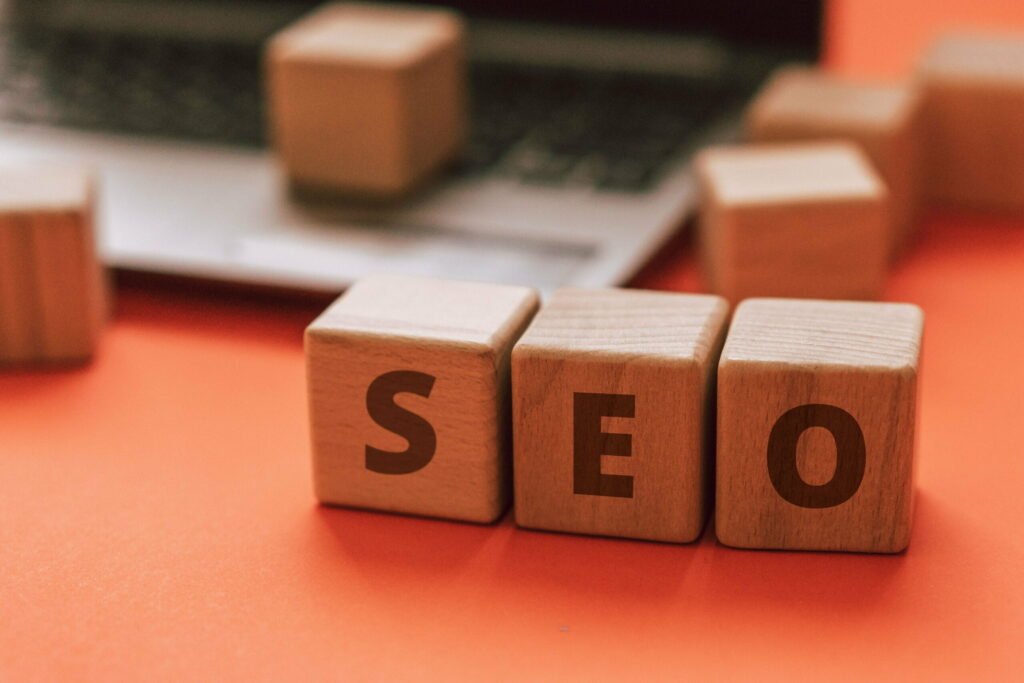![The ‘Giveaway Piggy Back Scam’ In Full Swing [2022]](https://www.cjco.com.au/wp-content/uploads/pexels-nataliya-vaitkevich-7172791-1-scaled-2-683x1024.jpg)

Google Tests QR Codes and Multiple Images in Sponsored Ads: A Potential Game-Changer for Businesses and Consumers

As Seen On
The world of digital advertising continues to evolve, and Google is leading the charge with its innovative approaches to enhancing the consumer-business interactions. A prime example of this is the Internet giant’s recent experiment with incorporating QR codes and additional images into its sponsored advertisements. This development, first noticed by SEO analyst Khushal Bherwani, presents potential game-changing opportunities for both businesses and consumers.
This new feature allows users to access businesses’ contact details simply by scanning a QR code directly from the advertised post. What makes it remarkably convenient is that the scanned information directs the consumer to an expandable call box located at the bottom of adverts, showcasing the phone number of the organization involved. Imagine the reduction in steps to make a connection! It’s an upgrade that speaks to Google’s understanding of and commitment to improving user experience.
In addition to the QR codes, another enhancement noticed was the display of multiple pictures within sponsored advertisements. Instead of the traditional single image, Google’s new facet offers three images in diverse adverts. This shift towards a more enriched visual experience for viewers aligns with the broader trend of photo-centric connectivity embraced by today’s consumers – evident in the ubiquitous use of Instagram and Snapchat. The impact on engagement levels can potentially be significant for businesses.
From a business perspective, these enhancements present a new frontier with a plethora of benefits. The integration of QR codes can be instrumental in instilling trust between brands and potential customers. By streamlining the contact process, companies create an environment that facilitates easy dialogue before, during, and after the point of purchase. This may lead to enhanced customer satisfaction, which could translate to an increase in sales and brand loyalty.
As for consumers, these new capabilities promise an elevated ease-of-use. The ability to locate and connect with a company’s customer service with minimal effort reduces friction in the customer experience journey. This simplified process is likely to foster greater trust and willingness to engage with the brand, enhancing overall customer satisfaction.
Interestingly, Google has yet to release an official comment regarding this ongoing trial. However, through screenshots shared by Khushal Bherwani, we have been granted a glimpse into the new layout, enabling a clearer understanding of how these changes may affect user experience.
For readers interested in taking a deeper dive into the world of Google Ads, we urge you to explore the Google Ads Guide on the official Help Center. It is a comprehensive resource that provides detailed insights on sponsored posts and more.
In conclusion, these trials illustrate Google’s commitment to improving the digital advertising sphere by driving engagement and enriching the consumer-business interaction. While we wait in anticipation for an official comment from Google, the prospects of these developments undoubtedly point toward a more immersive and streamlined user experience for businesses and consumers alike. As we witness the exciting evolution of SEO, these advancements underscore the importance of staying current and adaptable in an ever-changing digital landscape.
Casey Jones
Up until working with Casey, we had only had poor to mediocre experiences outsourcing work to agencies. Casey & the team at CJ&CO are the exception to the rule.
Communication was beyond great, his understanding of our vision was phenomenal, and instead of needing babysitting like the other agencies we worked with, he was not only completely dependable but also gave us sound suggestions on how to get better results, at the risk of us not needing him for the initial job we requested (absolute gem).
This has truly been the first time we worked with someone outside of our business that quickly grasped our vision, and that I could completely forget about and would still deliver above expectations.
I honestly can't wait to work in many more projects together!
Disclaimer
*The information this blog provides is for general informational purposes only and is not intended as financial or professional advice. The information may not reflect current developments and may be changed or updated without notice. Any opinions expressed on this blog are the author’s own and do not necessarily reflect the views of the author’s employer or any other organization. You should not act or rely on any information contained in this blog without first seeking the advice of a professional. No representation or warranty, express or implied, is made as to the accuracy or completeness of the information contained in this blog. The author and affiliated parties assume no liability for any errors or omissions.

